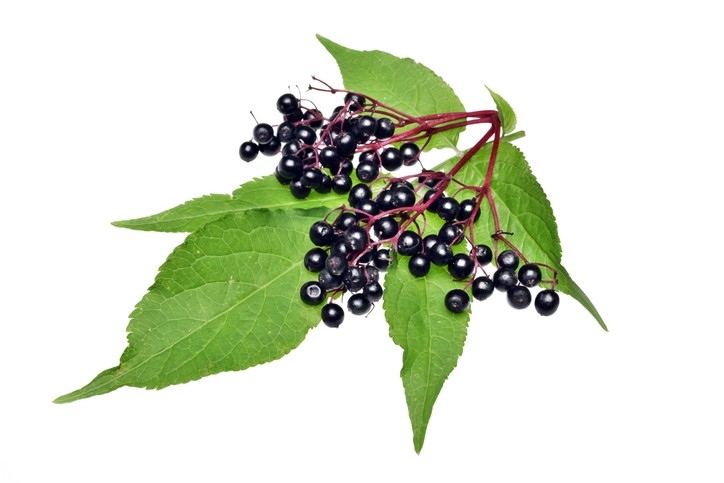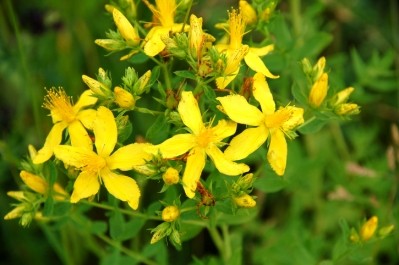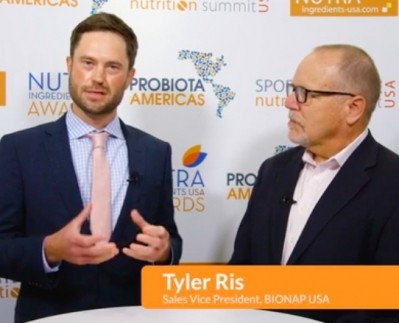Could elderberry boom carry within it seeds of bust?

Speaking with NutraIngredients-USA at the recent SupplySide West trade show in Las Vegas, NV, Melanie Bush, vice president of science and research of berry-based nutraceutical ingredients supplier Artemis. Artemis markets an elderberry ingredient branded as ElderCraft, which is an extract of the European species of elderberry (Sambucus nigra).
Skyrocketing sales
Since the advent of the global pandemic in early 2020, immune support ingredients of all sorts have seen an enormous increase in demand. According the recent Herb Market Report by the American Botanical Council, herbal supplements overall saw a 17.3% increase in sales in 2020, by far the biggest gain in the 20 years that ABC has been conducting the market survey.
Elderberry supplements had already been moving up the best sellers list prior to the pandemic and the present crisis served to further turbocharge that growth. According to SPINS data as reported by ABC, elderberry sales in the mainstream retail channel doubled in 2018 from the year before and doubled again in 2019. But in 2020, the roof blew off, with shoppers in this channel spending more than $275 million on elderberry products. IN the natural channel, consumers bought more than $54 million worth of elderberry-based products.
In 2015, elderberry ranked only No. 25 on the list of best selling ingredients in the mainstream channel.
Research supports sales growth
Much of the recent growth has been supported by recent research. The authors of a systematic review published in April 2021 in the journal BMC Complementary Medicine and Therapies said while much of the evidence for elderberry’s effects upper respiratory tract infections is uncertain, they nevertheless concluded that, “elderberry may be a safe option for treating viral respiratory illness.”
Another meta meta-analysis published in 2019 in the journal Complementary Medicine and Therapies concluded that the herb “substantially reduce[d] upper respiratory symptoms.”
Inflated marketing of less efficacious products
All that enthusiasm comes with a big caveat: As with many other finished goods based on botanical extracts, there is a wide variety of products on the market. Some mirror closely the extracts used in the positive recent research, while other products can only be said to mimic those materials.
And the recent run-up in demand has provided a powerful incentive for some suppliers and marketers with lesser scruples to get in on the game in whatever way possible.
Bush said among the ways this has played out in the marketplace has been the use of creative language when describing the specifications of an extract used in a finished product.
“We’ve seen a lot of misbranding when it comes to extract ratios,” Bush said. “We’ve seen a lot of companies playing the extract ratio game kind of like back when every company was quoting ever higher ORAC numbers.”
Concentration of bioactives is the key
For example, a product might claim a 10:1 ‘extract’ on the label, which in reality might describe more of a dried juice powder, with a lower level of bioactives not in line with what most consumers would consider to be an extract. Other products do claim to be juice concentrates, but might allow consumers to infer the same level of bioactivity as an actual extract.
Another, though, might claim something like a 50:1 or 100:1 concentration. While the higher number might seem better, Bush said it’s the specifications of the final extract that matter, not how much material was needed as an input.
“Regardless of how much raw material was used to make it, that’s irrelevant, frankly,” she said.
What’s important, Bush said, is the levels of the three main biologically active anthocyanins in the extract. They are Cyanidin-3-sambubioside, Cyanidin-3-glucoside and Cyanidin-3-sambubioside-5-gluoside.
Outright adulteration
In addition to products with inflated marketing, Bush said there’s evidence is the marketplace of outright adulteration. Elderberry trees take a minimum of four years from planting to initial harvest, so it’s impossible for suppliers to quickly bring more material to market, regardless of how big the demand is or how much customers are willing to pay.
To bridge that gap, some materials have shown up in the marketplace using black rice extract among other adulterants to ‘stretch’ out actual elderberry material. Earlier this year, the Botanical Adutlerants Prevention Program (BAPP), an arm of ABC, found that more than 10% of the elderberry products on the market failed ID specs.
“We were the ones who wen to ABC even before the pandemic hit,” Bush said. “We were seeing evidence in the supply chain of adulteration of elderberry as far back as 2019.”
Bush said the present situation makes it more critical than even for customers to know where their ingredient comes from. That’s why she believes Artemis’ vertical integration in elderberry is a distinct advantage. For years the company has been sourcing the raw material for ElderCraft from a group of 500 growers in the Styria region of Austria. The extract itself is created in a nearby facility in northern Italy.
“The market was being diluted and that’s why you had so many products claiming to be elderberry that really weren’t. We did not want to see a loss of credibility and consumer trust,” Bush said.
“In our position of leadership in the industry we wanted to put out some education on how to source elderberry responsibly,” she concluded.
















